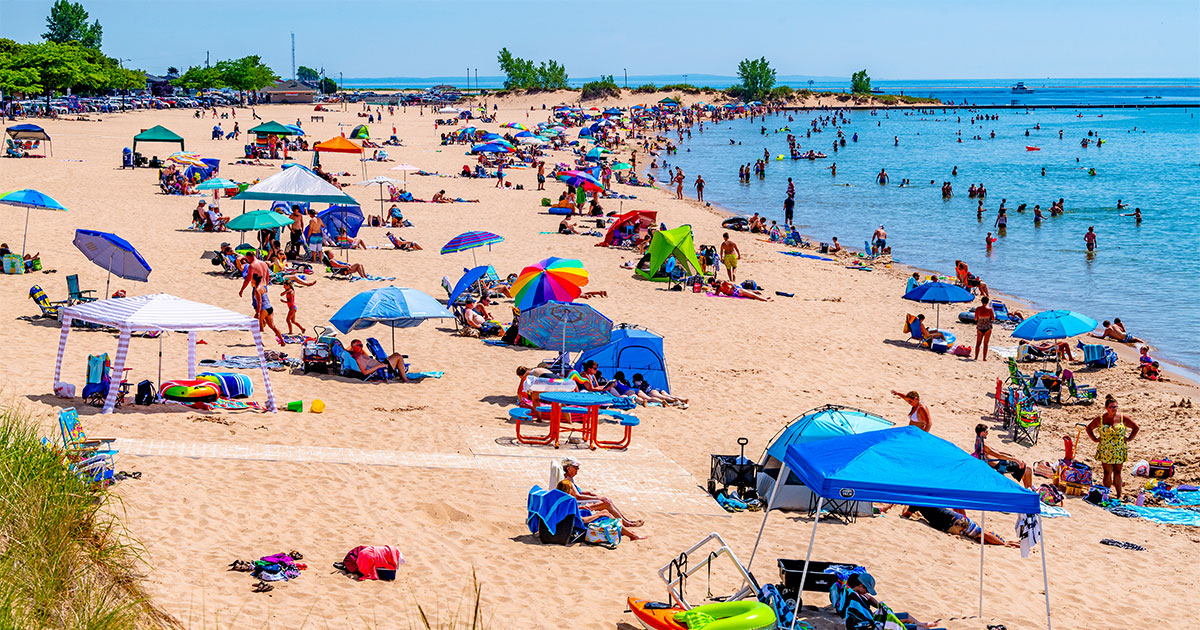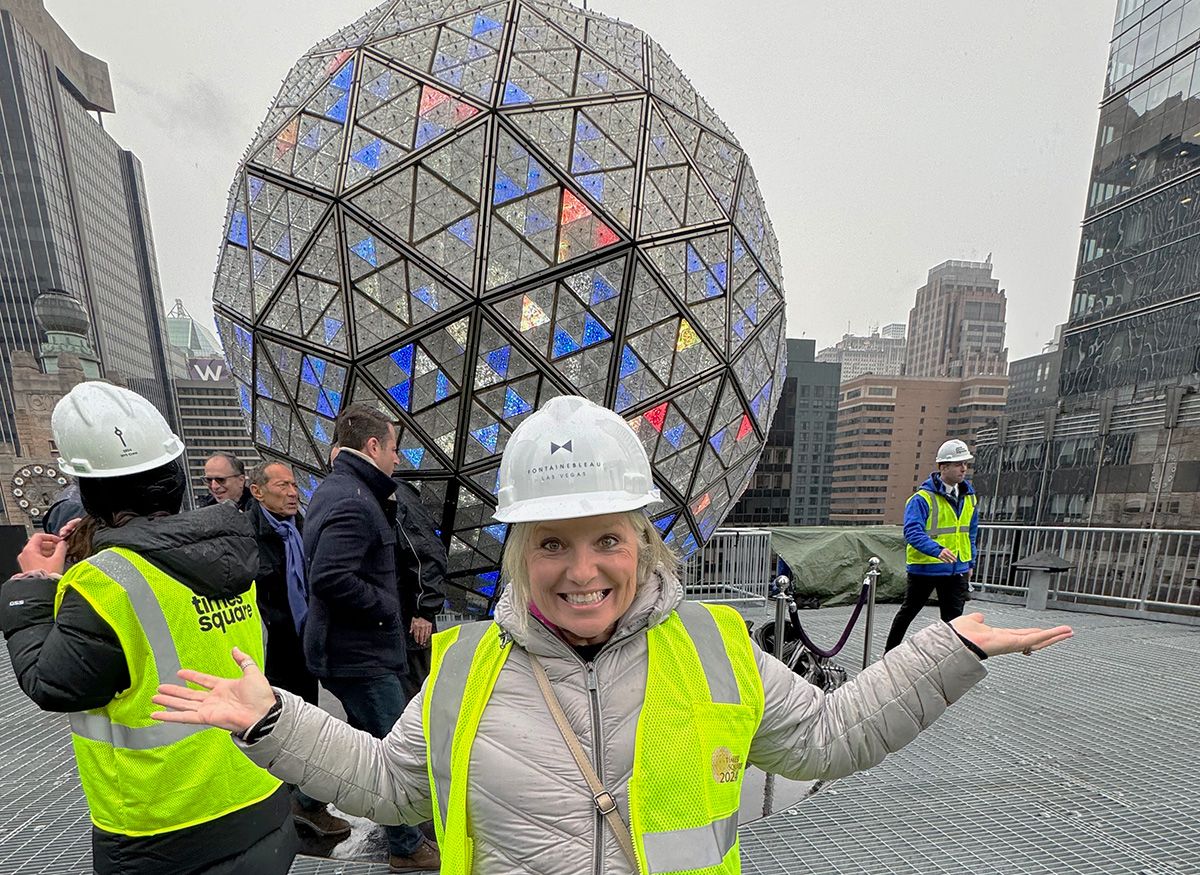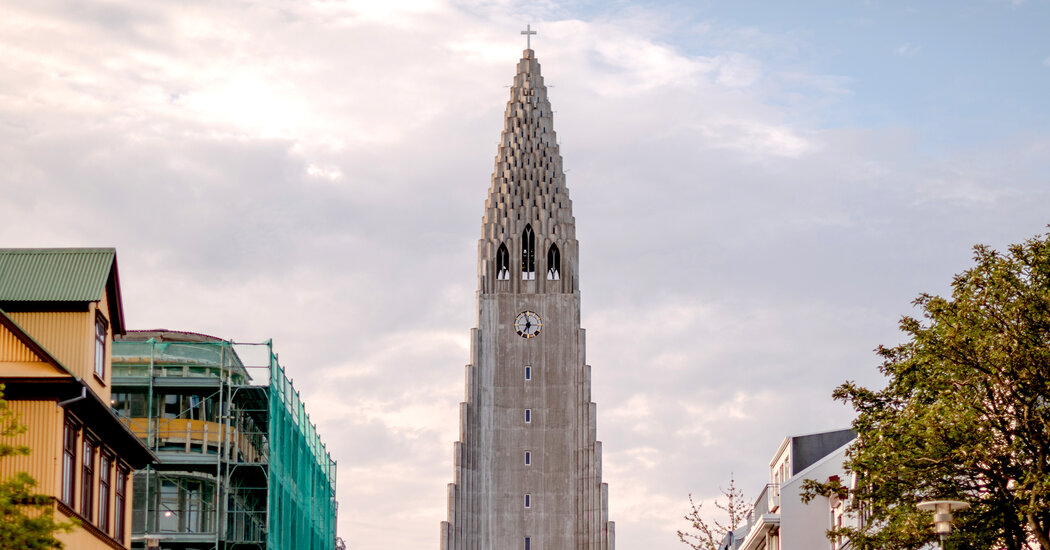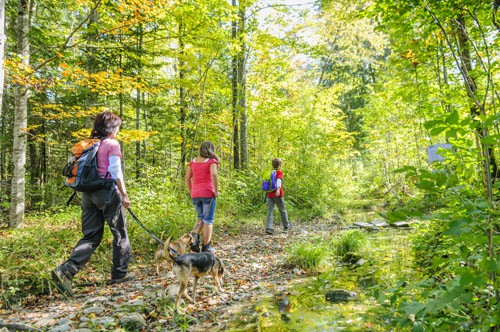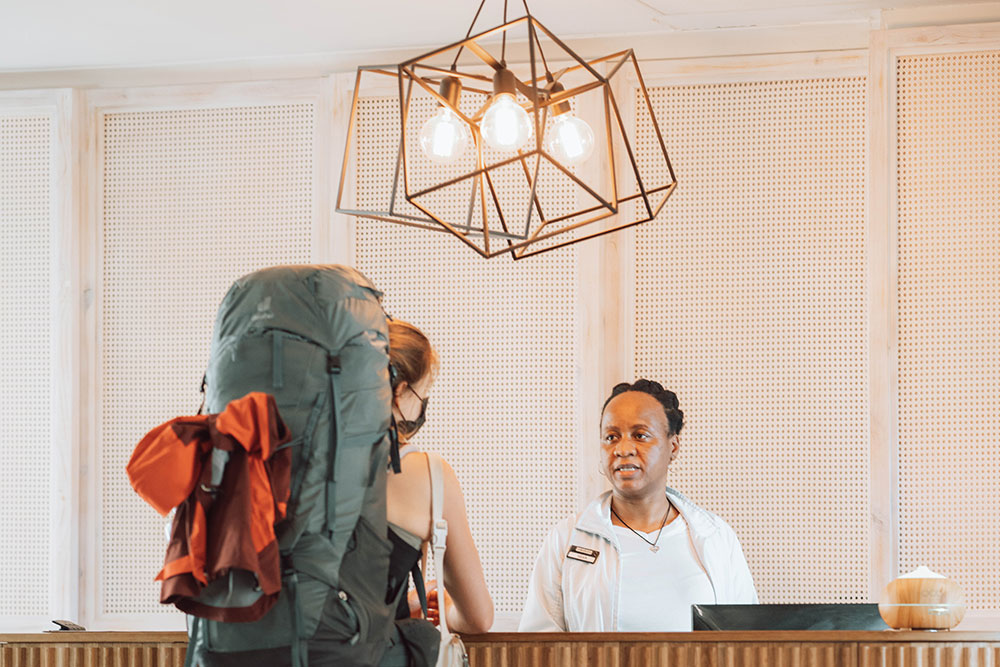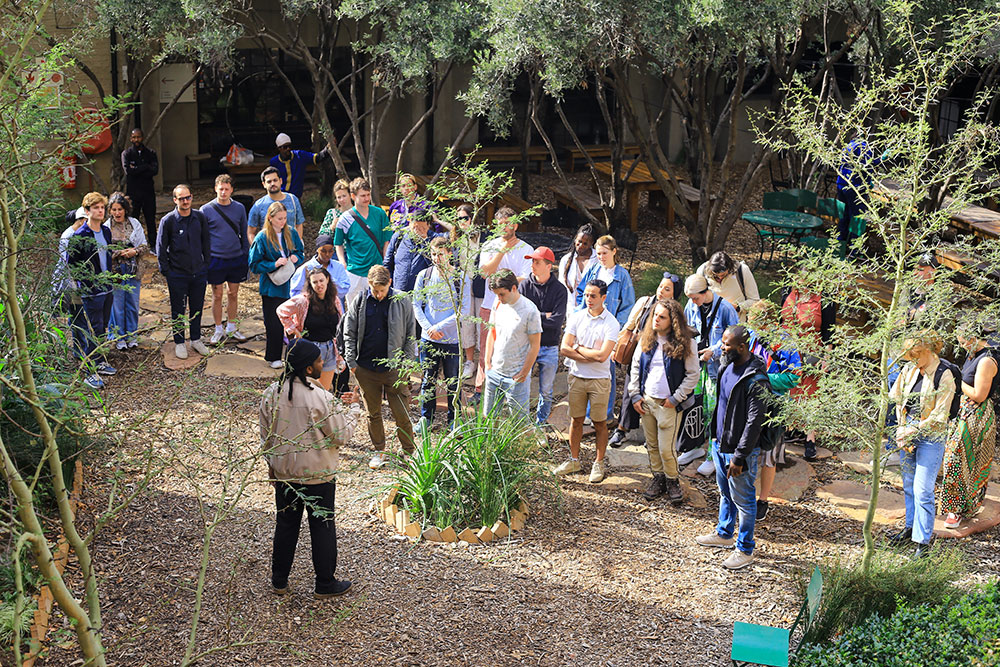Rhian Ramos and Glaiza De Castro to Reunite for an Upcoming GL Movie
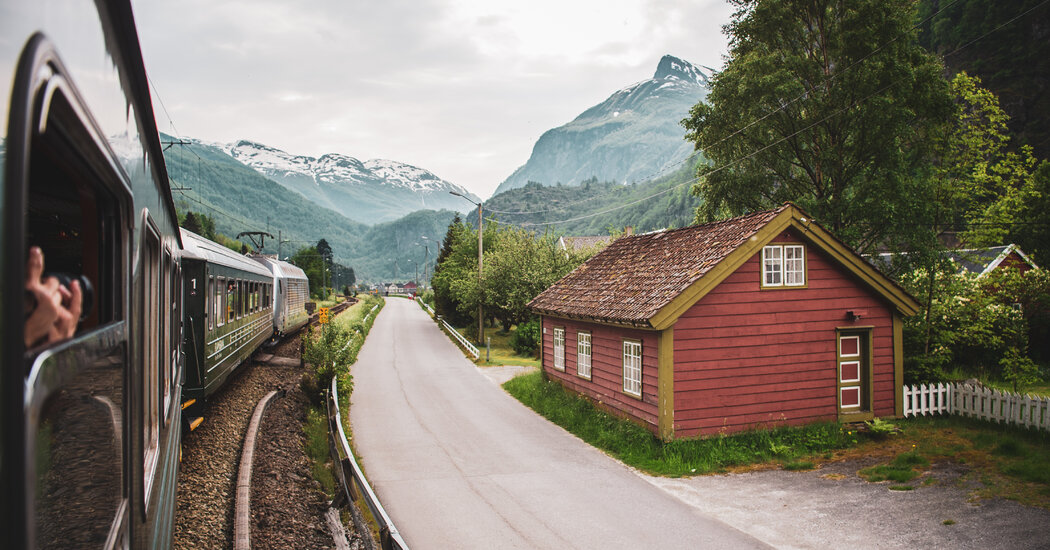
The assignment was clear: Test how well artificial intelligence could plan a trip to Norway, a place I’d never been. So I did none of my usual obsessive online research and instead asked three A.I. planners to create a four-day itinerary. None of them, alas, mentioned the saunas or the salmon.
Two assistants were, however, eager to learn more about me in order to tailor their initially generic recommendations, which they had spewed out within seconds. Vacay, a personalized travel planning tool, presented me with a list of questions, while Mindtrip, a new A.I. travel assistant, invited me to take a quiz. (ChatGPT, the third assistant, asked nothing.)
Vacay’s and Mindtrip’s questions were similar: Are you traveling solo? What’s your budget? Do you prefer hotels or Airbnbs? Would you rather explore the great outdoors or pursue a cultural experience?
Eventually, my chat sessions yielded what seemed like well-rounded itineraries, starting with one day in Oslo and moving on to the fjord region. Eventually, I locked down a trip that would combine the assistants’ information and go beyond a predictable list of sites.
This time around, my virtual planners were far more sophisticated than the simple ChatGPT interface I used last year on a trip to Milan. Though it offered more detailed suggestions for Norway, I ended up ditching ChatGPT in the travel-planning stage after it repeatedly crashed.
Vacay’s premium service, which starts at $9.99 per month, included in-depth suggestions and booking links, while Mindtrip, which is currently free, provided photos, Google reviews and maps. During the trip itself, each delivered instantaneous information by text and always asked if more specific details were needed. Sadly, only ChatGPT offered a phone app, whose information I found to be outdated (the $20-per-month premium version is more current).
I’m not alone when it comes to turning to A.I. for help: Around 70 percent of Americans are either using or planning to use A.I. for travel planning, according to a recent survey conducted by the Harris Poll on behalf of the personal finance app Moneylion, while 71 percent said using A.I. would most likely be easier than planning trips on one’s own.
I decided to find out for myself in Norway.
A whirlwind day in Oslo
After I landed at Oslo Airport, all three assistants directed me to the Flytoget Airport Express Train, which got me to town in 20 minutes. I was delighted to find my hotel adjacent to the central railway station.
Choosing accommodations had not been easy. I was looking for a midrange boutique hotel, and the A.I. assistants generated many options with little overlap. I went with Hotel Amerikalinjen, Vacay’s recommendation, which it described as “a vibrant and unique boutique hotel in the heart of Oslo.” Its location was the main draw, but overall the hotel exceeded my expectations, blending comfort and style with the 20th-century charm of its building, which once housed the headquarters of the Norwegian America Line shipping company.
For the one-day Oslo itinerary, the assistants were in agreement, packing in the city’s top sights, including the Vigeland Sculpture Park, the Royal Palace, the Nobel Peace Center, Akershus Fortress and the Munch Museum. I shared my location and asked each assistant to restructure the itineraries to start from my hotel. But when I gave in to my own research instincts and pulled up Google Maps, I saw that the order they suggested didn’t make sense, so I plotted my own path.
By the time I got to Frogner Park at midday, I had already covered half of the sights, and after walking past more than 200 sculptures by the Norwegian sculptor Gustav Vigeland, I was happy to sit down and admire his granite monolith of entwined humans.
For lunch, the assistants recommended high-end restaurants in the bustling waterfront neighborhood of Aker Brygge. But I wanted a quick bite in a more relaxed atmosphere, so I ditched A.I. and walked to the end of the promenade, where I stumbled upon the Salmon, a cozy establishment where I started with salmon sashimi that melted in my mouth and finished with a perfectly grilled fillet. How had my assistants not mentioned this place?
Next on my list was the Nobel Peace Center, the Opera House and the Munch Museum. The assistants had not recommended prebooking tickets, but fortunately, I had done so, learning, in the process, that the Peace Center was closed, a crucial bit of information that A.I. did not relay.
It was chilly for mid-June, and as I walked along the harbor promenade toward the Munch Museum, I spotted small floating saunas, which my assistants had not included. I went back to the ChatGPT phone app for recommendations. Even though I was eager to try a floating sauna, where people warmed themselves and then plunged straight into the frigid waters of the Oslofjord, I took ChatGPT’s suggestion and booked the Salt sauna, which is where I headed after spending a few hours at the Munch Museum, with its extensive works by the Norwegian artist and its sweeping views of Oslo’s harbor.
At the Salt cultural complex, a large pyramidal structure on the water, I was relieved that swimsuits were a requirement. In Scandinavia, saunas are usually taken naked, and earlier, I had asked ChatGPT for the etiquette at Salt, but it failed to give me a definitive answer. After sweating it out with around 30 strangers in Salt’s main sauna, I dipped into a cold-water barrel tub and then tried the smaller sauna options, which were hotter and quieter. It was the perfect ending to a long day.
Waterfalls, lush valleys, raging waters
Each of my assistants had different ideas on how to reach the fjord region. ChatGPT suggested taking a seven-hour train ride and then immediately embarking on a two-hour fjord cruise, which sounded exhausting. Mindtrip suggested taking a short flight to Bergen, known as the “gateway to the fjords,” and setting out on a cruise the next day, which was perhaps more efficient, but would also mean missing one of the most scenic train rides in the world. Vacay also recommended a train ride.
After conversing with the assistants, I decided on a shorter train journey (six hours) that would deliver me to Naeroyfjord, a UNESCO World Heritage site with lush valleys and thundering waterfalls. But to figure out the logistics for transport and accommodation, I needed live train timetables, which I found on my own, and information on hotel availability that none of the assistants had.
At this point, I was desperate for human guidance to navigate the region’s expensive and limited accommodations. This is where the pictures and reviews on Mindtrip were useful, helping me to understand that I would be paying premium prices for the spectacular setting of a mediocre hotel.
The train ride from Oslo to Myrdal was breathtaking: rolling hills, mountain villages, fjords, waterfalls. But nothing prepared me for the majestic one-hour Flam railway ride that followed. Vacay had described it as an “engineering marvel” with a breathtakingly steep descent as it passes picturesque villages, dramatic mountains, raging rivers and pounding waterfalls, complete with a dance performance featuring a mythological spirit known as a huldra.
The next morning I boarded a Naeroyfjord cruise, recommended by Vacay, on an electric, 400-person vessel. I was surprised by the serenity of the fjord. Later I learned from a tour guide that I had been lucky to visit when there were no large cruise ships. It was hard to imagine an ocean liner maneuvering through the narrow, windy fjord, but when I asked ChatGPT, it told me 150 to 220 cruise ships squeezed through the fjord each year, a detail that I felt the travel assistants should warn travelers about.
The cruise ended in the village of Gudvangen, where rain made me cancel a hike to a waterfall and instead try my hand at ax-throwing in the Viking Village Njardarheim. The assistants had told me that there were buses that left town every four hours, a time frame that had worked with my original hiking plan, but now I was stuck. Thankfully, I took note of the A.I. disclaimers to check all information and found an alternative shuttle bus.
On my way to Bergen, I decided to stop in the town of Voss, famous for extreme sports like skydiving and spectacular nature. All the A.I.-suggested hotels were booked, but a Google search led me to the lakeside Elva hotel, which had delicious farm-to-table food. I suspect it didn’t make the A.I. shortlist because it was new.
I ended my trip in Bergen, which, despite being Norway’s second-largest city, maintains a small-town charm with its colorful wooden houses and cobblestone streets. With only half a day to explore, I followed Mindtrip’s short itinerary, starting with a hearty lunch of fish and chips at the bustling waterfront fish market and ending with a funicular ride up Mount Floyen for panoramic views of the city and fjords. The A.I. dinner suggestion at the Colonialen was perfect: cozy vibe, live jazz and locally sourced dishes.
The bottom line
None of the A.I. programs were perfect, but they did complement one another, allowing me to streamline my travel decisions.
Overall, Mindtrip — with its polished, dynamic interface that allowed me to cross-check details with maps, links and reviews — was my favorite. While it gave some good recommendations, Mindtrip needed more prompting than Vacay, which offered a wider variety of suggestions in more detail. Unfortunately, Vacay doesn’t save chat history, which I discovered halfway into my planning after closing the website’s tab on my browser.
The biggest drawback was the absence of phone apps for Mindtrip and Vacay, which led me to rely on ChatGPT’s basic A.I. assistant when I needed on-the-spot guidance. Mindtrip, I’ve since learned, is planning to debut an app in September.
Still, there were times when I desperately craved the human touch. Before setting out on a trip, I always contact friends and colleagues for recommendations. This time, as part of the A.I. experiment, I refrained from reaching out to a Norwegian friend until after my trip, only to find out that we had both been in Oslo at the same time.
That’s one element of travel that I doubt A.I. will ever master: serendipity.
Follow New York Times Travel on Instagram and sign up for our weekly Travel Dispatch newsletter to get expert tips on traveling smarter and inspiration for your next vacation. Dreaming up a future getaway or just armchair traveling? Check out our 52 Places to Go in 2024.
Publisher: Source link
Latest Posts
-
31 July 2025
-
26 July 2025
-
14 July 2025
-
01 July 2025
-
07 August 2025
-
29 July 2025
-
20 February 2025
-
04 February 2025
Newsletter
Sign up for free and be the first to get notified about new posts.
Get The Best Blog Stories into Your icountox!
Sign up for free and be the first to get notified about new posts.


